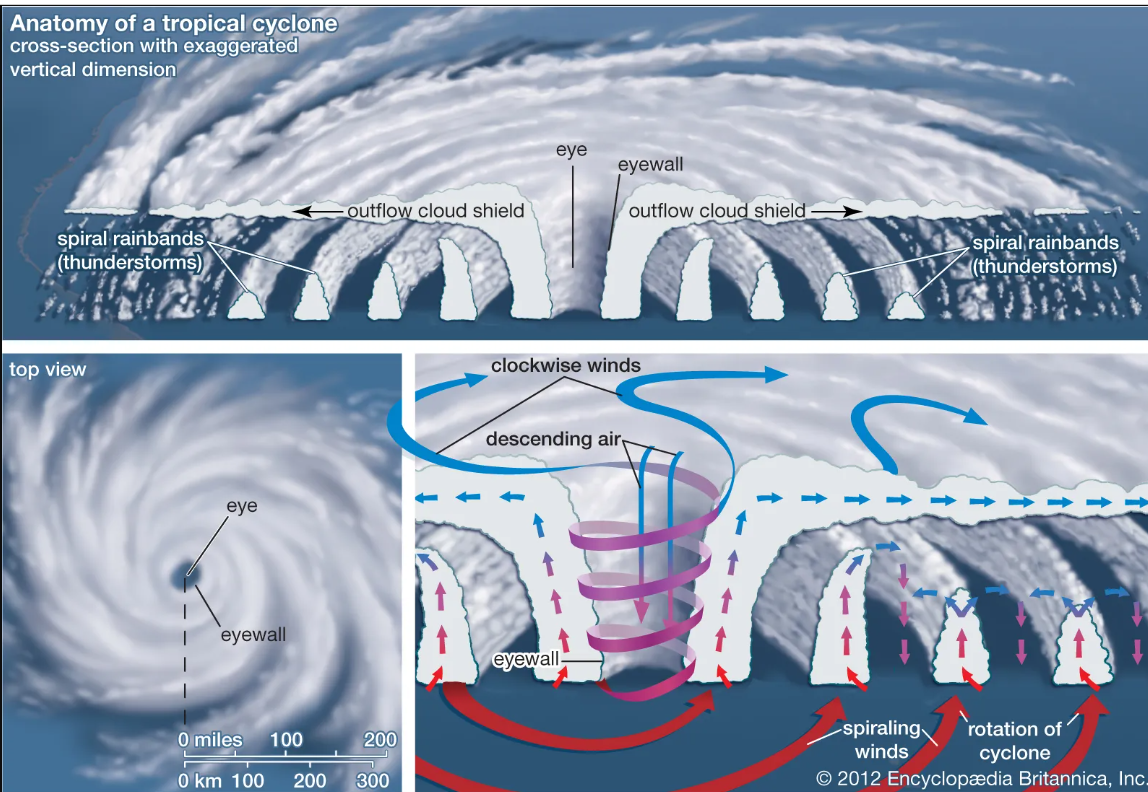7667766266
enquiry@shankarias.in
Due to rapid intensification of cyclones there is a need for change in forecasting the cyclones.
The Cyclone Genesis Potential (GPI) to estimate the number of cyclones that may be born in a season is defined based on the variables that occur during the birth of cyclones

Tropics have all the critical environmental ingredients for cyclogenesis: Warm Ocean, atmospheric convection, vertical motion and mid-level humidity.
|
National Disaster Management Authority (NDMA) |
|